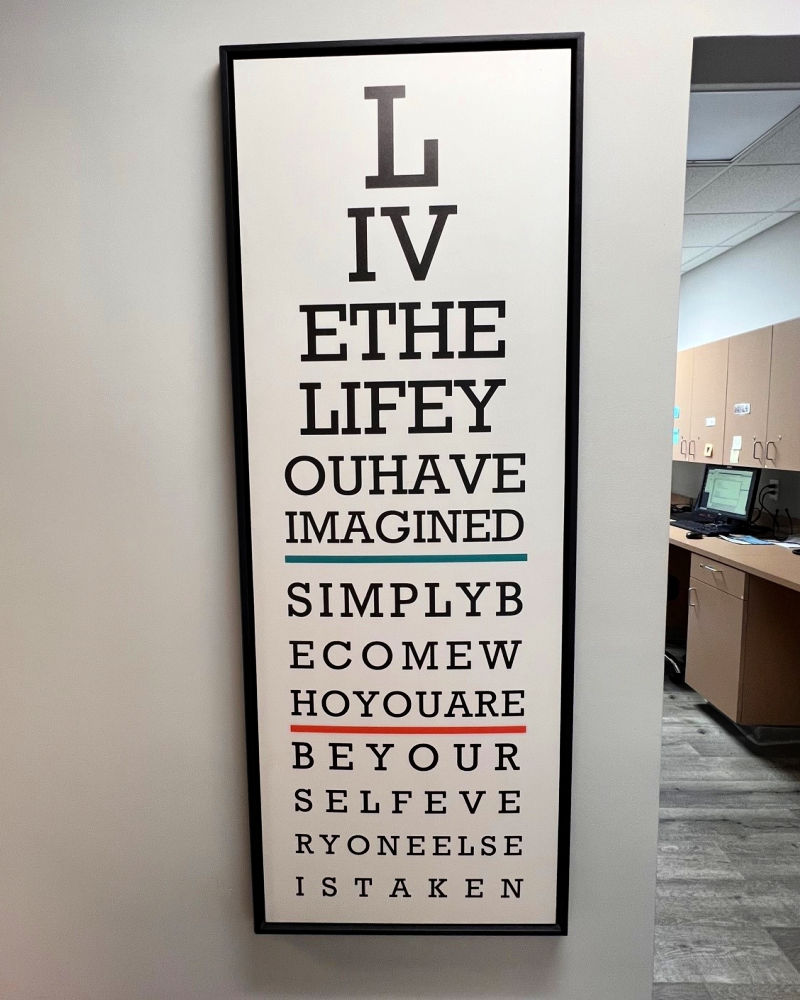About Your Eyes

It’s a beautiful world…
We want you to see it!
Glaucoma is a very misunderstood disease. It is not curable and vision loss cannot be regained. With medication and/or surgery it is possible to halt further loss of vision. Early diagnosis is the first step in preserving your vision. Glaucoma must be monitored for life.
Everyone is at risk for glaucoma no matter their age. Older people and people with a family history of glaucoma are at a higher risk, but even babies can be born with this serious disease. African Americans in particular are susceptible at a younger age.
With open angle glaucoma, the most common form, there are virtually no symptoms. Usually, no pain is associated with the increased eye pressure that leads to optic nerve damage. The best way to protect your sight from glaucoma is to be tested. If you have glaucoma treatment can begin immediately.
Some Statistics About Glaucoma
- It is estimated that over 2.2 million Americans have glaucoma but only half of those know they have it.1
- In the U.S., more than 120,000 are blind from glaucoma, accounting for 9% to 12% of all cases of blindness.2
- Glaucoma is the second leading cause of blindness in the world, according to the World Health Organization.
- After cataracts, glaucoma is the leading cause of blindness among African Americans.1
- Blindness from glaucoma is 6 to 8 times more common in African Americans than Caucasians.3
- African Americans are 15 times more likely to be visually impaired from glaucoma than Caucasians.4
- The most common form, open-angle glaucoma, accounts for 19% of all blindness among African Americans.5
- Other high-risk groups include: people over 60, family members of those already diagnosed, diabetics, and people severely nearsighted.
- Estimates put the total number of suspected cases of glaucoma at over 60 million worldwide.6
Wilmington Office
1907 S. 17th St., Suite 3
Wilmington, NC 28401
Phone: (910) 341-0011
Fax: (910) 341-0012
Supply Office
14 Doctor's Circle, Suite 5
Supply, NC 28462
Phone: (910) 754-3937
Fax: (910) 754-3255

